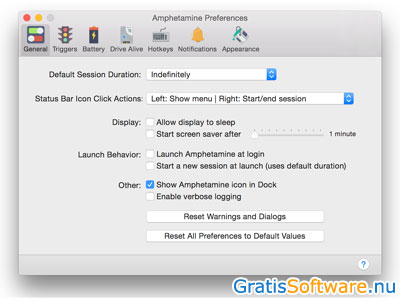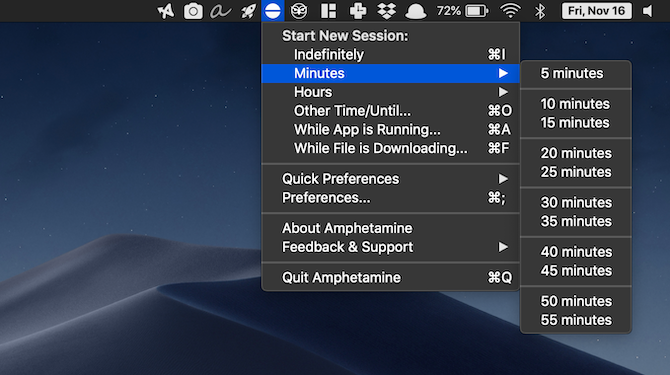

(d) Executive control networks are affected in patients with ADHD. The noradrenergic system influences arousal modulation, signal-to-noise ratios in cortical areas, state-dependent cognitive processes, and cognitive preparation of urgent stimuli. The dopamine system plays an important part in planning and initiation of motor responses, activation, switching, reaction to novelty, and processing of reward.

(c) Neurotransmitter circuits in the brain are involved in ADHD.

Neuroimaging studies show structural and functional abnormalities in all of these structures in patients with ADHD, extending into the amygdala and cerebellum. Together with the basal ganglia (comprising the nucleus accumbens, caudate nucleus, and putamen), they form the frontostriatal circuit. The ventral anterior cingulate cortex and the dorsal anterior cingulate cortex subserve affective and cognitive components of executive control. (b) ADHD involves the subcortical structures (medial view) of the brain. The dorsolateral prefrontal cortex is linked to working memory, the ventromedial prefrontal cortex to complex decision making and strategic planning, and the parietal cortex to orientation of attention. (a) The cortical regions (lateral view) of the brain have a role in attention-deficit/hyperactivity disorder (ADHD). Clinical implications of these actions in individuals with ADHD with comorbid depression, anxiety, substance use disorder, and sleep disturbances are discussed.Īmphetamine Attention-deficit/hyperactivity disorder Methylphenidate Pharmacology.Ĭopyright © 2018 The Author. There is also evidence for interactions with glutamate and opioid systems. Methylphenidate actions include dopamine and norepinephrine transporter inhibition, agonist activity at the serotonin type 1A receptor, and redistribution of the VMAT-2. Amphetamine actions include dopamine and norepinephrine transporter inhibition, vesicular monoamine transporter 2 (VMAT-2) inhibition, and monoamine oxidase activity inhibition. The primary pharmacologic effect of both amphetamine and methylphenidate is to increase central dopamine and norepinephrine activity, which impacts executive and attentional function. A systematic literature review of PubMed was conducted in April 2017, focusing on cellular- and brain system-level effects of amphetamine and methylphenidate. This review aims to educate physicians regarding differences in pharmacology and mechanisms of action between amphetamine and methylphenidate, thus enhancing physician understanding of psychostimulants and their use in managing individuals with ADHD who may have comorbid psychiatric conditions. Psychostimulants, including amphetamines and methylphenidate, are first-line pharmacotherapies for individuals with attention-deficit/hyperactivity disorder (ADHD).


 0 kommentar(er)
0 kommentar(er)
